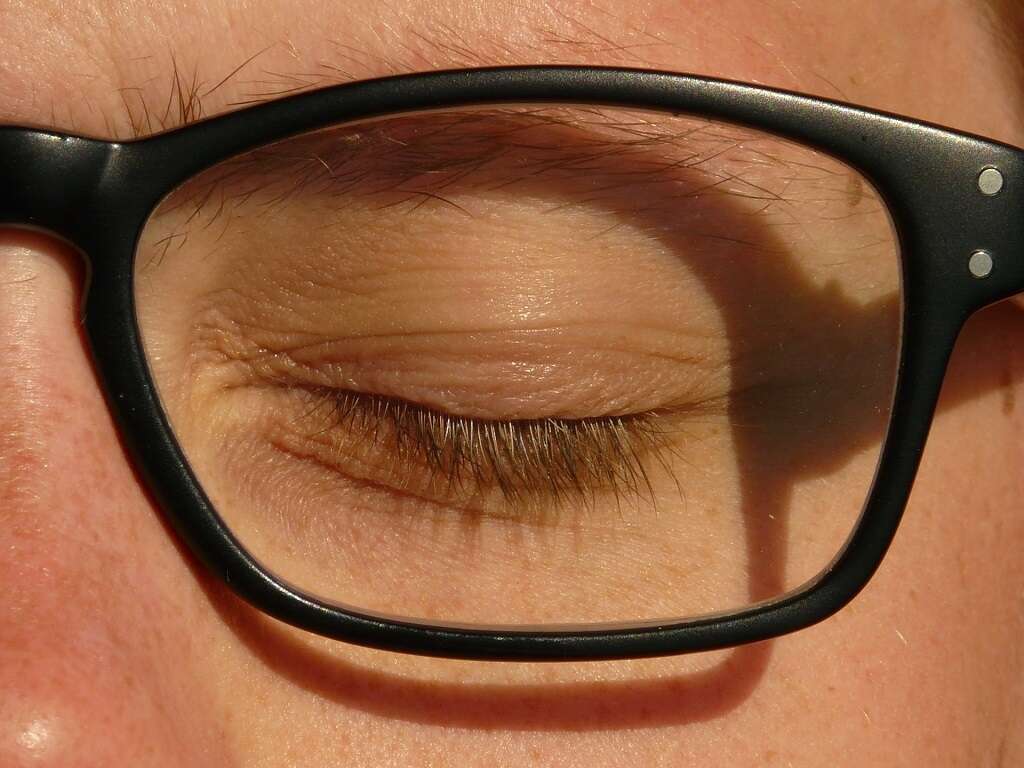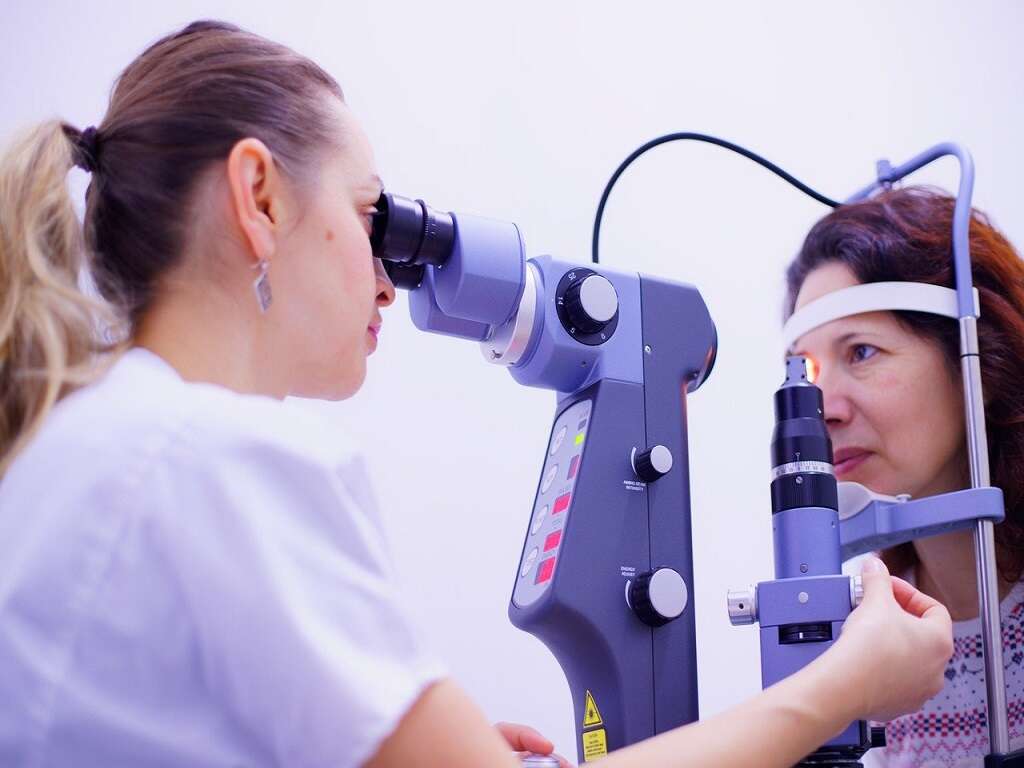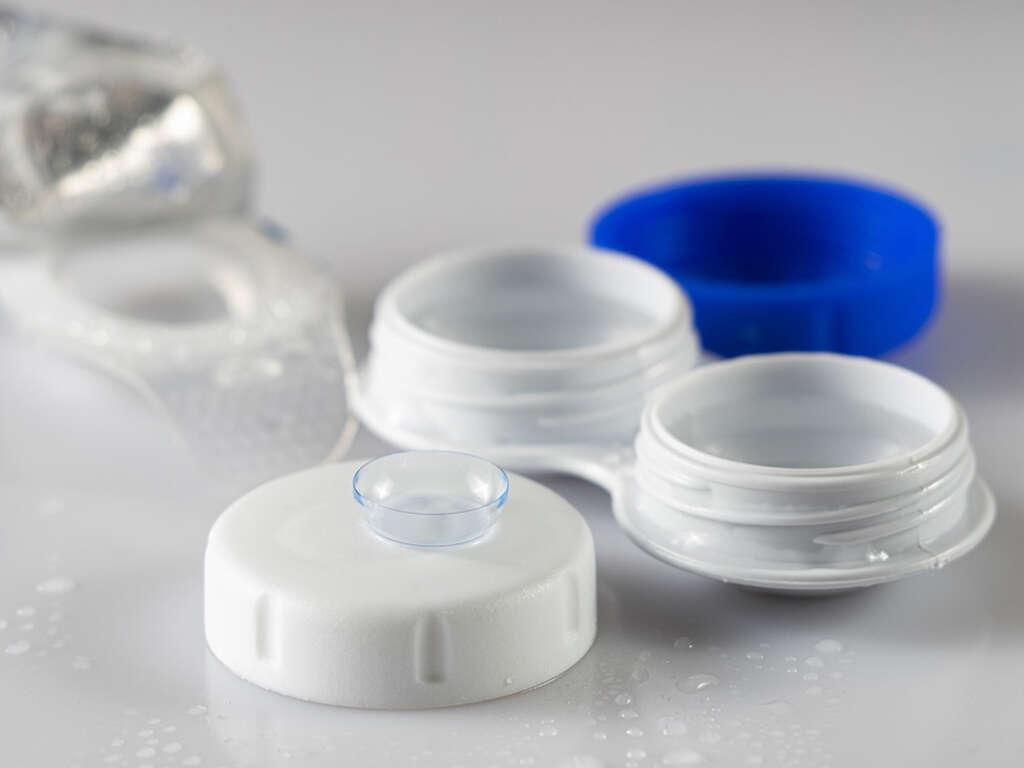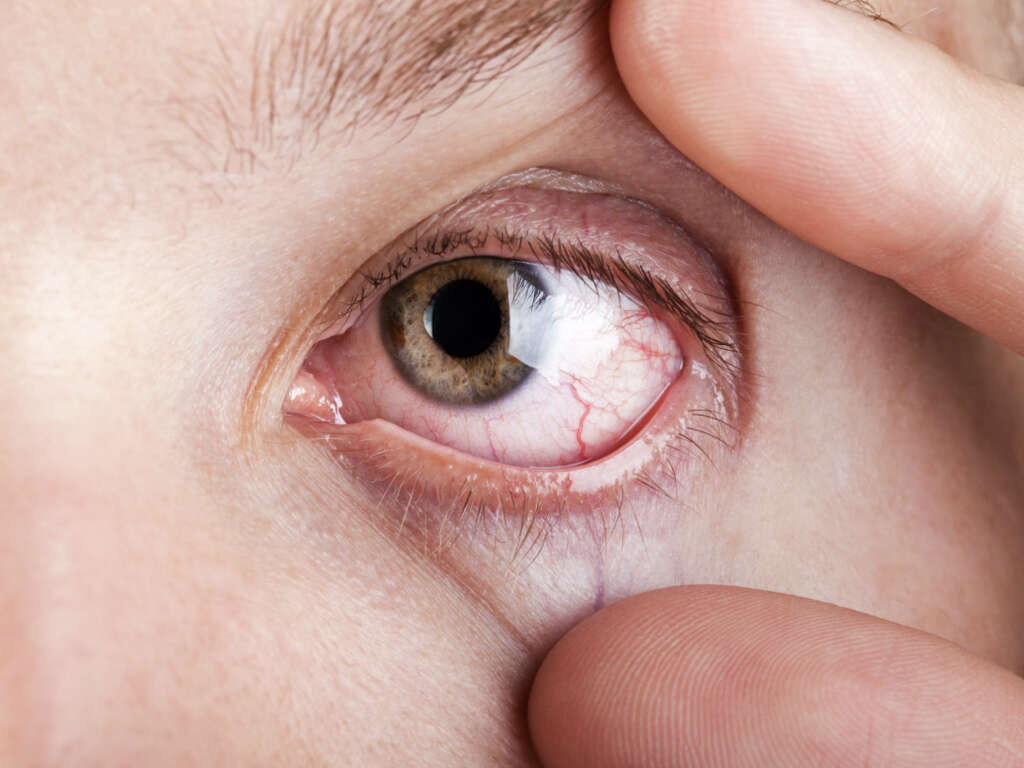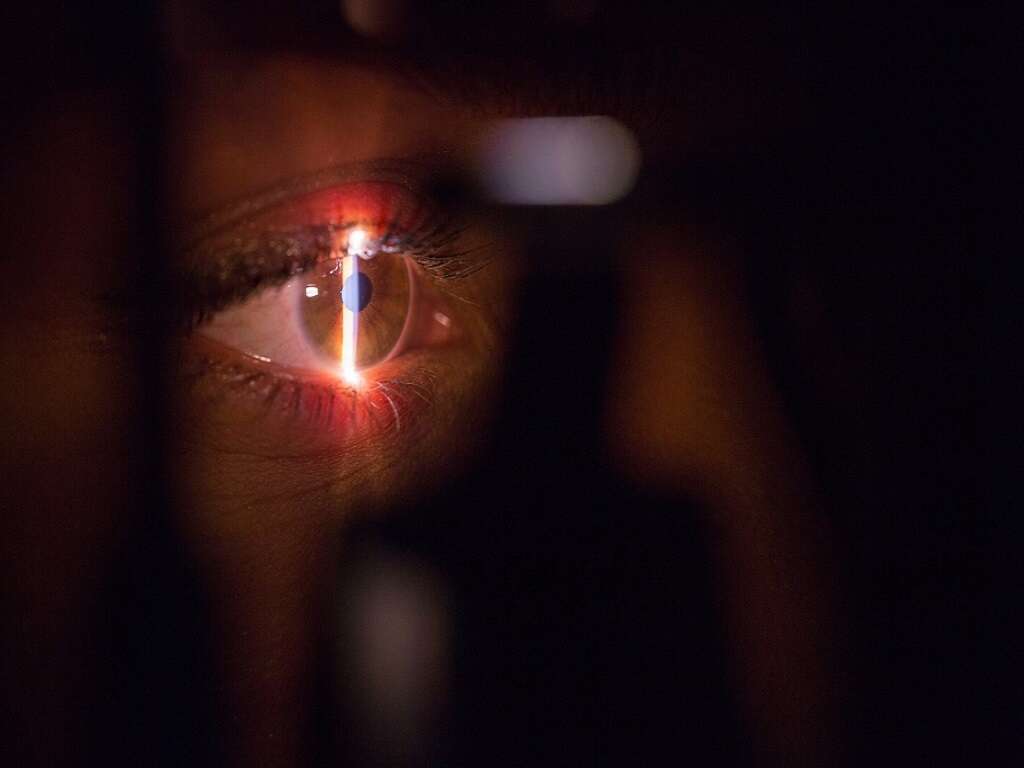What Is an Eye Ulcer?
The eye is one of the most fantastic features of most animal life on Earth. This organ is powerful and has developed in a variety of ways to help different species see in all sorts of conditions. For humans, who rely heavily on sight to go through daily operations, the eyes are as much of a help as a hindrance. Modern devices and genetics have led to a majority of people requiring glasses or other accessories in order to see properly. What’s worse, there are also a number of serious conditions that impact the health and integrity of the eyes.
An eye ulcer is one of the most common and serious problems you are likely to encounter with your eye. Also known as a corneal ulcer, this is a condition to stay aware of so that you know when it is time to visit a medical professional.
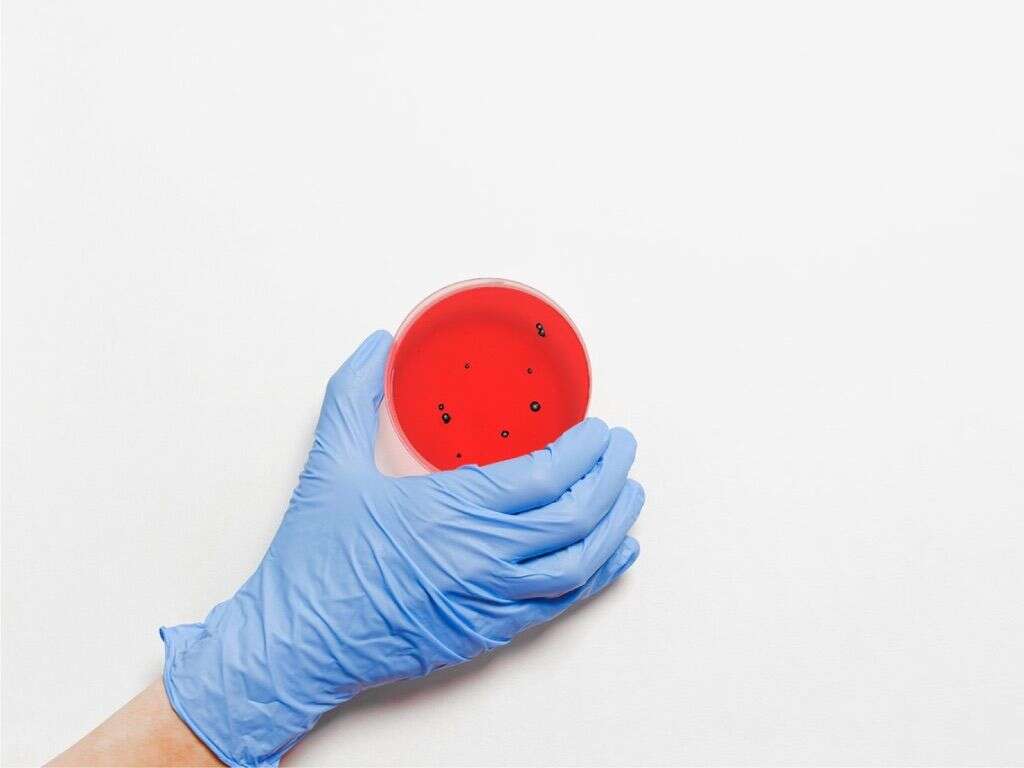
1. What Is a Corneal Ulcer?
Plainly speaking, a corneal ulcer is an open sore found on the surface of the eye. The cornea is a layer of clear tissue that sits over the eye. The main function of the cornea is to act as a protective layer for the eye, blocking environmental irritants and filtering light. Though the cornea is quite strong and able to shield the sensitive parts of the eye from common bacteria and toxins, it is also susceptible to damage. An eye ulcer occurs when the cornea is infected and leads to erosion of the layer of tissue.
There are a number of causes of corneal ulcers. No matter the specific cause, it is important to take action right away. Left untreated for too long, an ulcer of this severity can lead to permanent damage to the eye and even loss of vision.

2. How Do Corneal Ulcers Develop?
Though there are many ways that this type of ulcer can develop on the eye, a sore on the cornea is always the result of some type of infection. Acanthamoeba keratitis is one of the more common infections that result in an ulcer. Essentially, this infection is caused by wearing contact lenses for longer than advised or without properly disinfecting the lenses in an appropriate solution. It is an amoebic infection that can slowly lead to the development of an ulcer and might cause a person to become permanently blinded in the infected eye.
A viral infection like herpes simplex keratitis can also cause ulcers in the eyes. This infection causes the eyes to become irritated and develop lesions. A person living with this infection might notice the ulcers become worse when in direct sunlight.
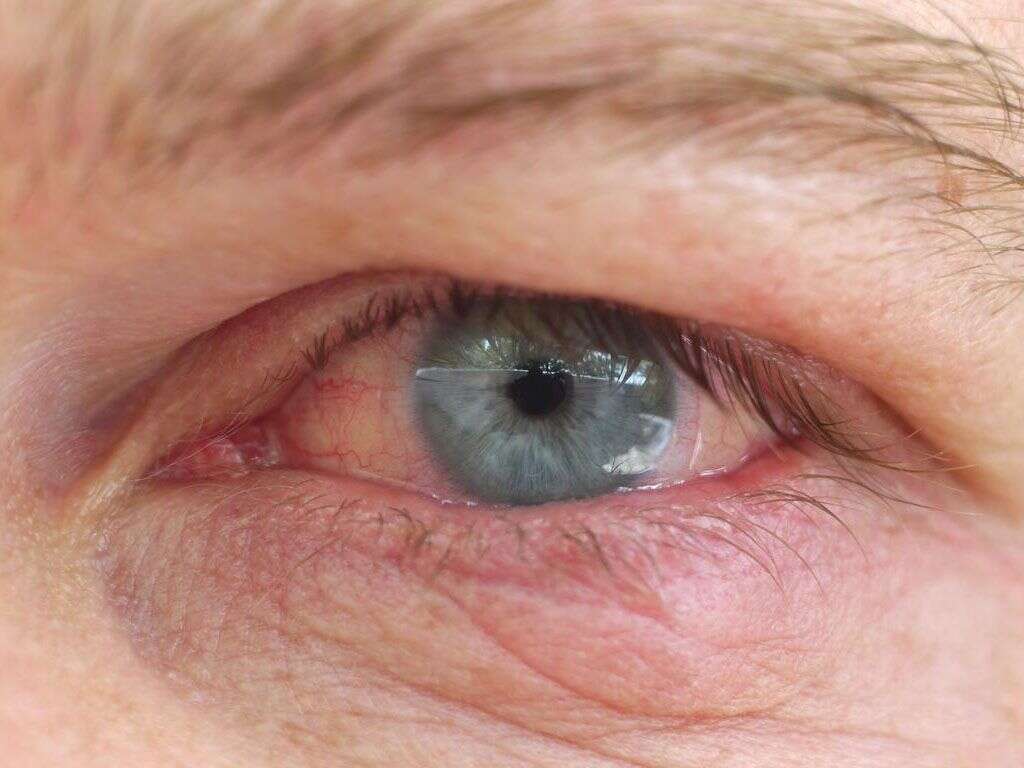
3. What Are Additional Causes of Eye Ulcers?
Though infections from common sources like contact lenses are usually the easiest way to develop an ulcer, there are several other factors that might cause this type of condition. For one, you are at an increased risk for ulcers whenever you decide to wear contact lenses beyond the expiration date. Similarly, dry eyes while wearing contact lenses might cause the soft edges of the lenses to harden and cut into the corneal tissue, making it easier for a common infection to develop from various irritants and bacteria in the environment.
Any type of eye injury that impacts the surface of the eye should also be observed closely. Whether you got hit in the face during a basketball game or accidentally scratched your eye while itching your face, these injuries are usually an easy way to expose your eye to dangerous elements.
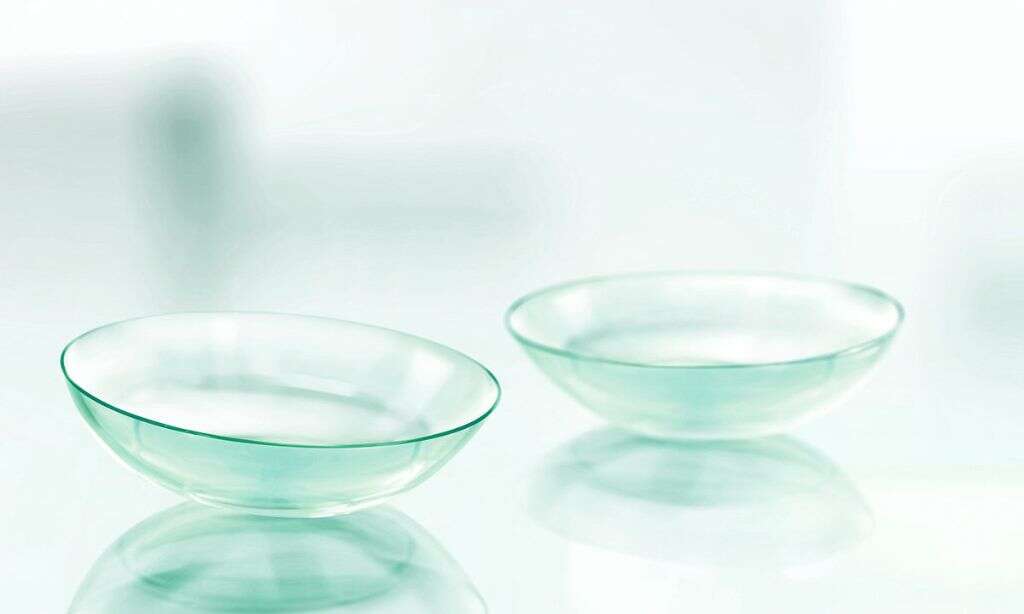
4. What Are the Symptoms of an Eye Infection?
In many cases, an ulcer of the eye will not be noticeable until after the signs of the corneal infection. You are far more likely to feel discomfort caused by the infection before you notice the small tear in the tissue of your cornea. Upon waking, someone with an eye infection is likely to notice a difficulty opening his or her eye, as the discharge caused by the irritation can dry and fuse the lids temporarily shut. When you look at the eye, you will likely notice it is watery and red.
Most eye infections cause pus discharge, pink coloration, and general burning or itchy feelings. If the infection is related to an ulcer, then you will also notice a sensitivity to light and an inability to keep the eye open for very long in bright settings.

5. What Are the Symptoms of an Eye Ulcer?
Though you are likely to notice the infection before the ulcer, there are cases where the infection is not as severe. In these circumstances, it can be useful to be familiar with the signs and symptoms of an ulcer on the eye. Outside of the standard irritation, coloration, and discharge, the eye is also likely to appear inflamed or swollen when an ulcer is present. An ulcer also makes a person very sensitive to light and might cause the sensation that there is something in the eye when there is no foreign element present.
Blurred vision is also very common, with the eyes feeling sore while trying too hard to focus on a particular object. Many people will also experience white spots on the cornea where the ulcer itself has been developing.

6. How Is an Eye Ulcer Diagnosed?
Whether you’re dealing with an infection or a full ulcer, it is vital that you respond to this issue as soon as you notice it has persisted. Instead of going to a primary care physician, it is a better decision to go directly to an eye doctor. This professional can conduct an eye exam to determine whether or not you are dealing with an ulcer. The most common way this is diagnosed is with an orange eye stain that makes the ulcer more pronounced and helps the doctor see exactly what it is you’re dealing with.
As with any visit to an eye doctor, it is highly advised that you travel with another person. You will likely not be able to drive after this type of exam and it is beneficial to have a friend or relative bring you back and forth.

7. What Are the Treatment Options for Corneal Ulcers?
Since there are several different reasons for the development of an eye ulcer, the treatment given to you will depend entirely on the source of the infection. For example, the doctor is likely to prescribe you an antifungal medication in the event that the infection was caused by a fungus or similar plant matter. In some cases, the doctor might prescribe you a temporary treatment to lessen the symptoms while analyzing scrapings from the cornea to get a better idea of how to tackle the long-term treatment of the infection.
Diagnosing the underlying problem is the only way to fully treat an ulcer. When left untreated, the infection will get worse and might even spread to your other eye. Should the infection be particularly bad, this can result in blindness or permanently impaired vision.

8. Should Lifestyle Changes Be Made While Treating a Corneal Ulcer?
In order for the infection to clear and the treatment to work, it is essential to make adjustments to your lifestyle. Though this might be obvious, you will not be able to wear contact lenses during the treatment and possibly for a window of time after the infection is gone. The eye doctor might also suggest you avoid makeup during the treatment, as small particles from certain personal care products can irritate a sensitive eye. Depending on the medication you are given, you might be instructed to stop or reduce other medications.
It is also crucial to avoid touching your eye throughout this process. Though typically a subconscious habit, people touch their eyes more often than they realize. Be mindful of this to prevent prolonging the treatment.

9. Are There Precautionary Steps for Avoiding Eye Ulcers?
Though it is not possible to guarantee you will never develop a corneal infection, there are ways to diminish the odds. For people who wear contacts, the answer is to be more cautious in how the lenses are worn. Most contact lenses should never be worn to bed. This is one of the easiest ways to cut or infect the corneal tissue and develop an ulcer. Proper sterilization of the lenses before and after putting them in is also necessary, as this kills foreign bacteria and other irritants that cling to the surface of the lenses.
Common actions like washing your hands before touching your eyes will also help reduce the odds of an ulcer. Similarly, rinse your eyes instead of touching them whenever you believe you have something in your eyes to avoid contamination.

10. How Long Does an Eye Ulcer Take To Heal?
Though serious, an ulcer that has been treated will not take too long to heal. Depending on the specific nature of the infection, experts state that the ulcer will be healed somewhere between two and three weeks as long as proper methods are followed. The sooner the ulcer is diagnosed the better, as waiting too long can cause more serious and irreversible damage to a person’s vision. In some severe cases, slight vision reduction is normal after the ulcer has fully healed. Your doctor will discuss this with you when offering treatment options.
An eye ulcer might be a very small tear on the surface of your eye, but it is a big problem for your overall health and wellness. Take the right precautionary measures to reduce the odds and be sure to visit a doctor at the first sign of an eye infection.




